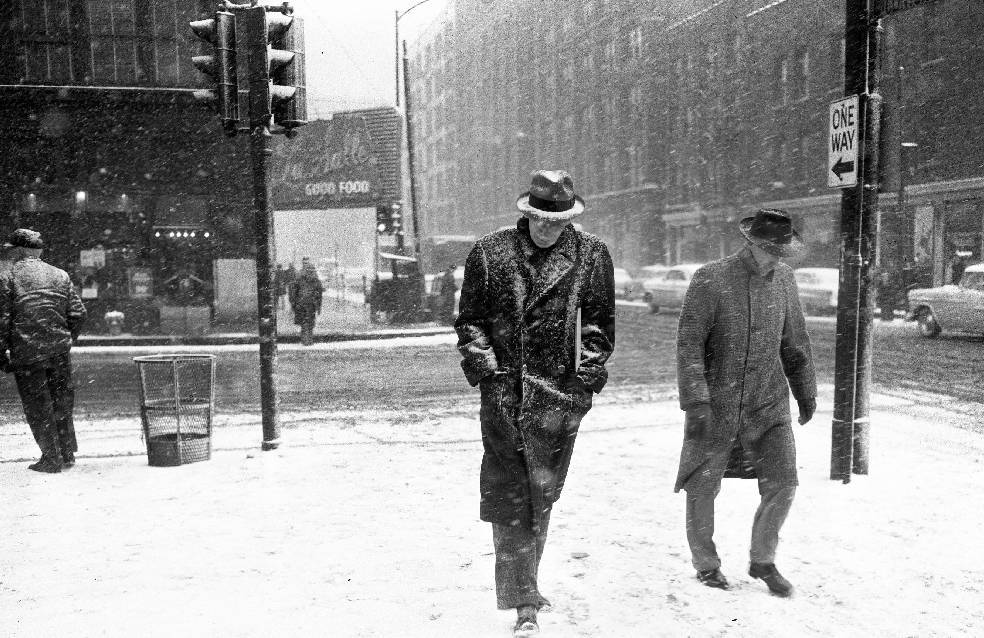
Every year starts off with a few months of bad weather. First there is snow, then the snow turns to slush, and finally the slush gives way to showers. Depending on where you live, these conditions can put a real beating on your clothes, so it’s good to know how to best take care of them.
Salt Stains on Shoes
The best care is preventative. There are a number of treatments that can give your shoes a superficial layer of protection. Use a thin layer of wax polish on calf leather dress shoes and mink oil lotion on work or hiking boots (you can buy both at most shoe repair shops). Note that you don’t want to use mink oil on dress shoes; if you do, your shoes will never take a proper shine.
For added protection, use a pair of overshoes. Swims makes an attractive flocked version that slips on easily, while Tingley makes a very affordable (albeit less attractive) model. You can read Jesse’s review of Tingley here.
If you’ve picked up salt stains despite these measures, however, you need to treat them as soon as you get home. Mix one part vinegar to two parts water (or half and half for more serious stains). Brush off your shoes with a horsehair brush to remove any dirt, then dab a soft towel in the solution and gently use it to wipe off the stain. Once you’re done, use a clean damp towel to wipe off any vinegar residue. Leave it to dry for 30 minutes and repeat as needed. You want to work through this slowly, patiently, and gently; rubbing too hard can also damage your shoes. Once you’ve gotten the stain out, apply leather conditioner, polish, and wax again so that they’re protected next time you use them.
If the salt has raised the leather on your shoes (ie given it a welt), use a bottom end of a spoon and press down on the leather.
Drenched Shoes
If you’ve been going through a downpour, your shoes are probably soaked through. Again, the best care is preventative, so follow the steps above. You can also spray a suede protectant on suede. Suede should be fine in the rain, though I wouldn’t advise using it in the snow.
Once you get home, stuff your shoes with newspaper and lay them on their side (as the soles need to dry the most). You may want to change the paper every few hours just to make it effective. After they’re dry, stick unvarnished cedar shoe trees in them and leave them alone for two days so they can fully recover. Resist any temptation to set them near a heater. Doing so will only dry out and crack the leather.
Mold
If wet clothes or umbrellas aren’t allowed to dry properly, they’re at risk of developing mold. Once mold grows, they can develop a smell that can be very, very difficult to get out.
To prevent this, brush off your jackets or coats with a clothes brush once you get home. I use a separate brush for this from the one I regularly use to clean my clothes. Once the snow or water has been brushed off, hang your garment on a sturdy wooden hanger (ideally with wide shoulders) and leave it in an area with good air circulation.
For umbrellas, gently shake them out a bit, but be careful not to ruin the ribs. Once you’ve gotten most of the snow or water off, leave them completely open and let them dry in a place with good air circulation. Again, don’t set them near heaters, however, as you risk damaging the canopy. Most umbrellas are made with materials that are designed to dry quickly, so this shouldn’t take too long. Once it’s dry, neatly furl the umbrella and store it away.
